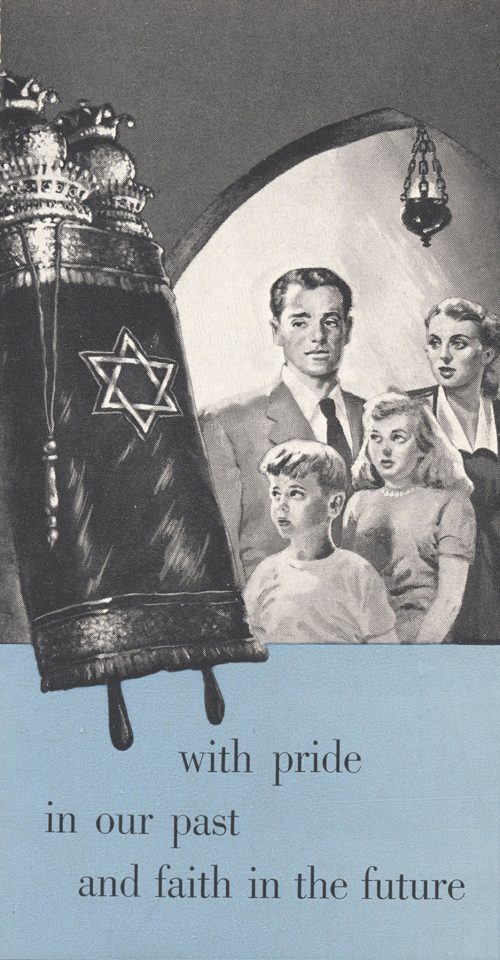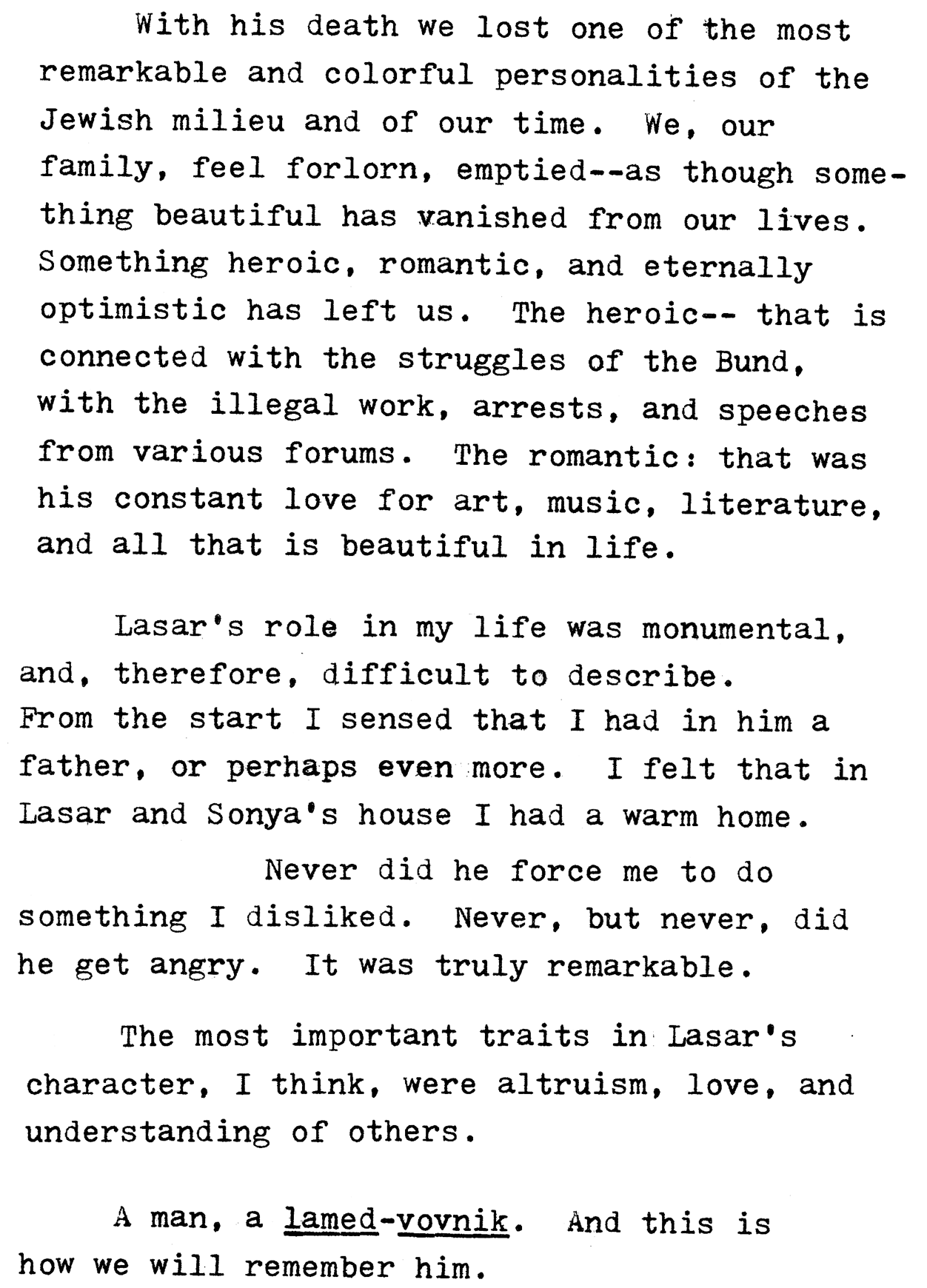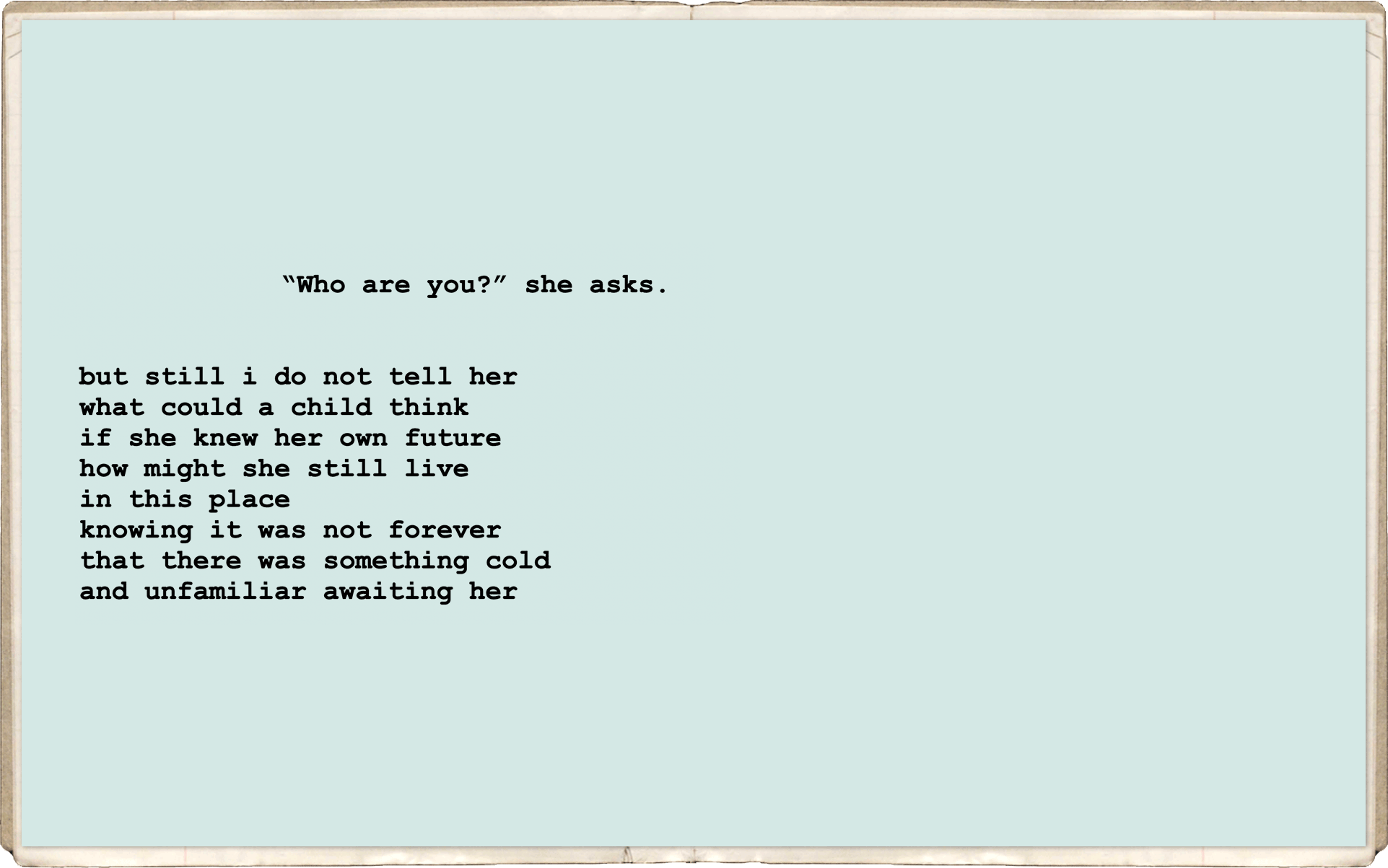Reminiscences
Despite all the horrors Beba went through, she was able to build a wonderful life and family in the United States.
Atomic bomb dropped on Hiroshima, ending World War II
It was September 1946. I arrived in New York City to live with my uncle Lasar and his wife.


Text: excerpt of letter from Lasar Epstein to his son Israel dated October 4th, 1946.
He helped me immensely with the immigration procedures and to settle in the United States.

We lived in Crown Heights, Brooklyn. I didn’t really like it.
I wanted to go back to Sweden right away.
But in 1947 I met Lee.
Elias Lee Leventhal was visiting New York from Mexico City with his parents when we met. He was born in Mlawa, Poland, but his family immigrated to Mexico in 1932, before World War II. We continued corresponding through letters when he went back to Mexico City.

On August 5, 1948, Lee and I got married in San Antonio, Texas, and moved to Mexico City where we lived for a while.
We moved to Los Angeles in 1949 after Lee was accepted into the University of Southern California for a Master’s program in Chemical Engineering.

USSR launches Sputnik I, the first satellite
Our first child, Mary, was born in 1955.
Michael, our second child, was born in 1958.

Our family kept close to Lasar and Sonia throughout our lives.
He would come and visit us in California from New York for a month or more every year.

U.S. Embassy in Tehran seized by Iranian militants
Lasar passed away September 16, 1979, at 93 years old.
I graduated with a bachelor’s degree from Antioch University in 1982.
My son and I graduated a day apart. Since I didn’t have the robe ceremony at Antioch my son surprised me by putting his robe over both of us!
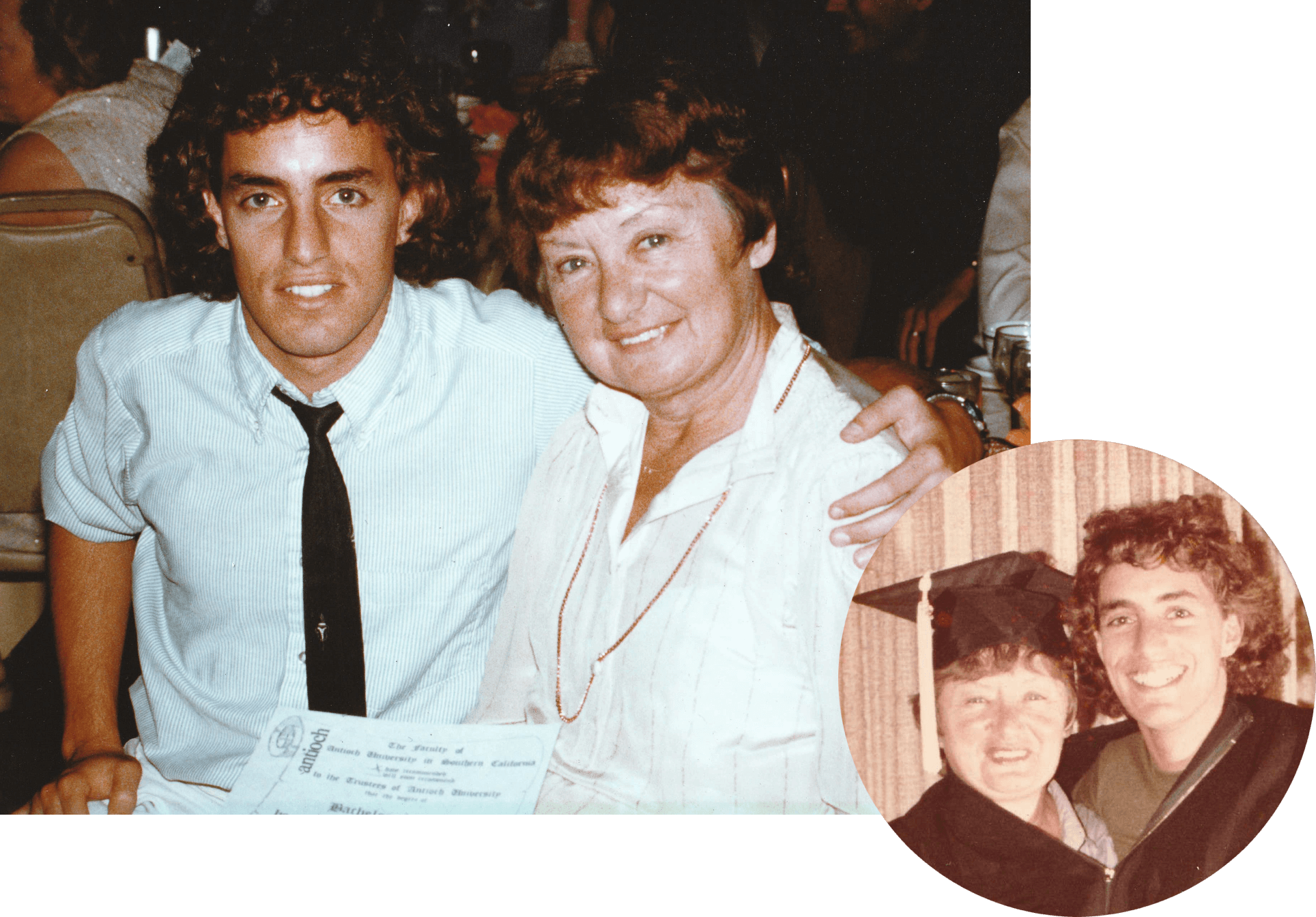
Saddam Hussein executed
I visited Vilnius again in 2005 with my family.
We live in Pacific Palisades in California.
I have been working as a social worker for Jewish Family Services and helping with the immigration and settlement of many Soviet Jews.
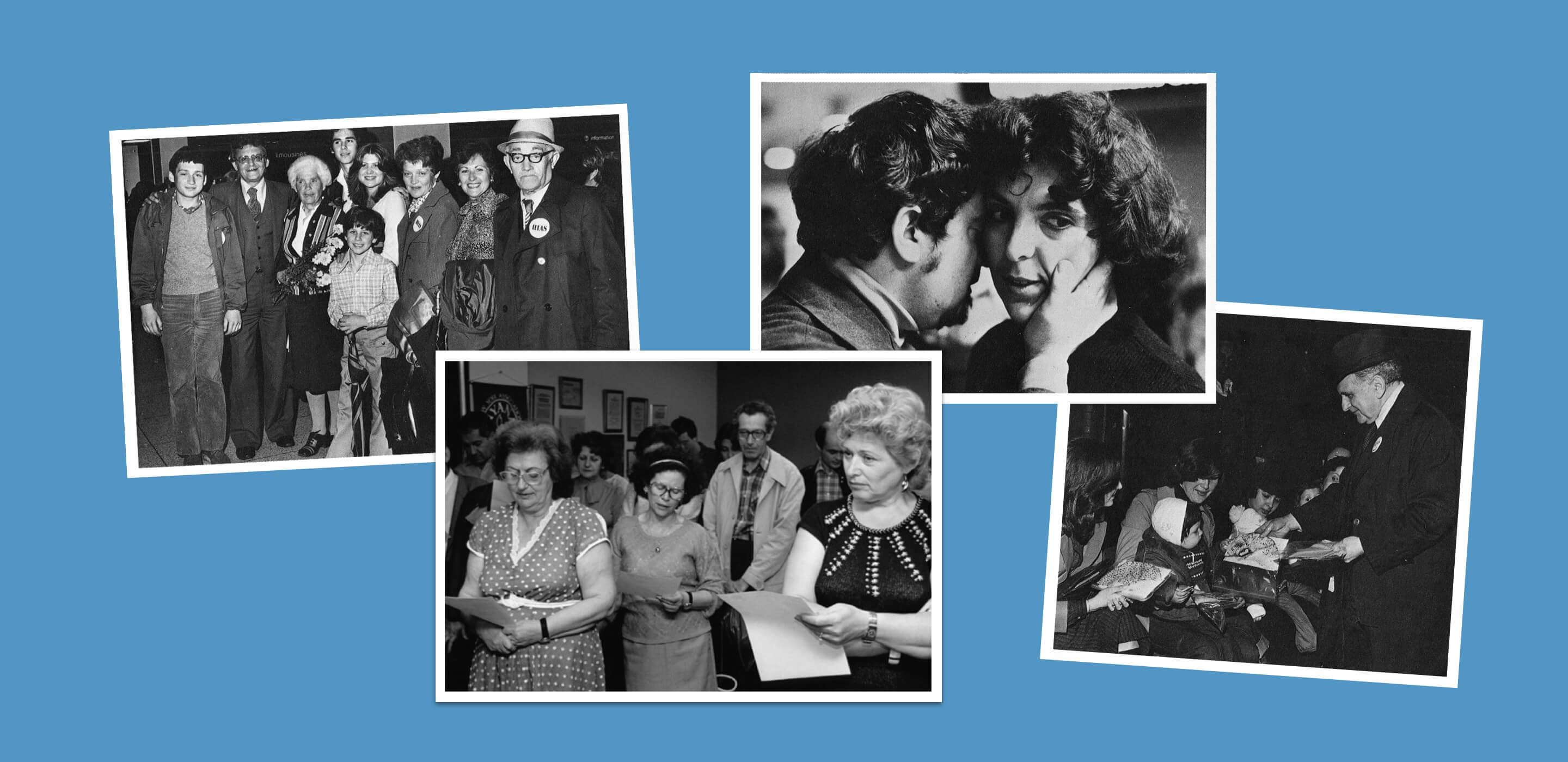
Civil War breaks out in Syria
Beba remained an active member of her community throughout her life. She passed away on July 17, 2012.
Lee passed away seven weeks later, on September 9, 2012. Their daughter Mary passed away on March 6, 2018.

Beba’s autobiography was lost for 70 years. It was found in 2017 in a bundle of Jewish documents hidden in Lithuania, and was digitized through the Edward Blank YIVO Vilna Online Collections project.
The autobiography is part of YIVO’s prewar collection, which was saved from the Germans during World War II. Later, these documents were hidden from the Soviets inside a church in Vilnius. The autobiography is one of many documents that were found there.
Noah Leventhal, Beba’s grandson, wrote a special poem to close this exhibition:
What I found simultaneously most compelling and most disconcerting about the discovery of my grandmother’s autobiography was the extent to which I saw the old woman I always knew in the little girl who wrote it. Memory is a mysterious, beautiful and frightening thing. Wordsworth claims that the only way to bridge the gap between the person we understand ourselves to be in the present and the person we were in the past—the one we can only access through memory—is to tell ourselves the story of the life that came between. My grandmother Beba died when I was eighteen years old and in the time we shared I never knew her story. She always told us she was born on December 19, 1923, but the autobiography revealed her true date of birth was July 19, 1922. She actually told my family about this near the end of her life, but we were not sure what to believe. Through reading the biography I learned about her father’s military service, her grandfather’s religious beliefs, her childish squabbles with her siblings, and perhaps most intimately, the way she felt loved but misunderstood by her own family. So much of this made sense with the woman I knew, but it reminded me of just how easy it is to tell ourselves the wrong story, to think that because we know someone as they are now, we know them as they have always been. And now I have been gifted a book, a book through which to peer into the life of someone I thought I knew. Each new perspective came with the turn of a page, an experience I hope my readers will share. I wish I could have spoken to my grandmother, not the woman she was after she came out of the war, but the little girl she was before it started. These thoughts brought this poem to life.
Thank you for visiting the YIVO Bruce and Francesca Cernia Slovin Online Museum.
The Beba Epstein online exhibition begins a new chapter in YIVO’s digital educational programming. We hope that you found your journey informative and meaningful.









